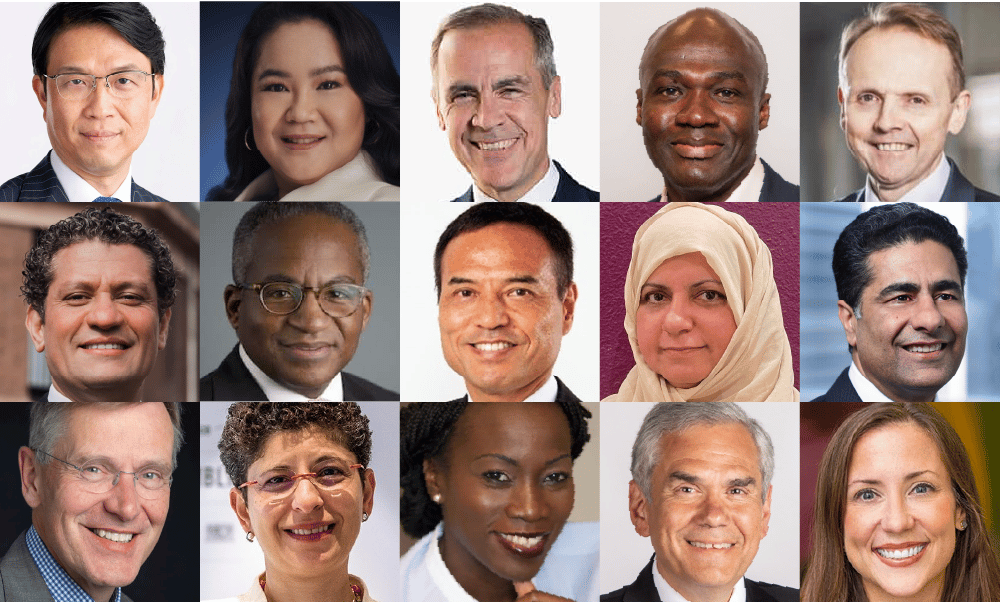IBM is a leading provider of global hybrid cloud and AI, and consulting expertise. The company helps clients in more than 175 countries capitalize on insights from their data, streamline business processes, reduce costs, and gain the competitive edge in their industries. Nearly 3,800 government and corporate entities in critical infrastructure areas such as financial services, telecommunications, and healthcare rely on IBM's hybrid cloud platform and Red Hat OpenShift to affect their digital transformations quickly, efficiently and securely. IBM's breakthrough innovations in AI, quantum computing, industry-specific cloud solutions, and consulting deliver open and flexible options to its clients. All of this is backed by IBM's legendary commitment to trust, transparency, responsibility, inclusivity and service.
Purpose
At IBM, we do more than work. We create. We create as technologists, developers, and engineers. We create with our partners. We create with our competitors. If you’re searching for ways to make the world work better through technology and infrastructure, software and consulting, then we want to work with you.
We’re here to help every creator turn their “what if” into what is. Let’s create something that will change everything.


